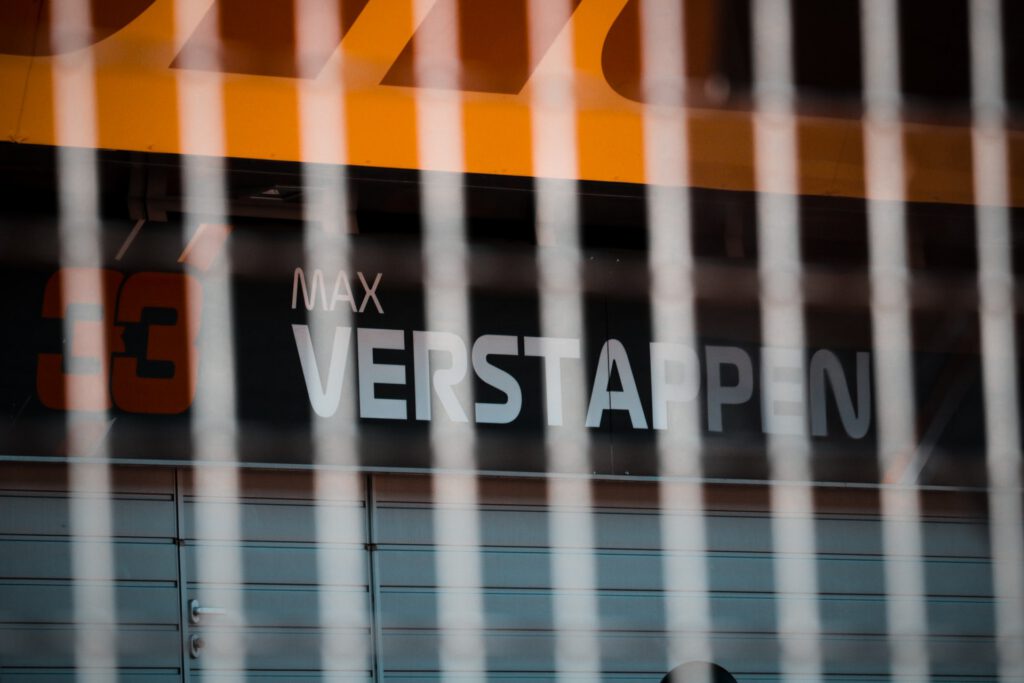Until recently, Formula 1 has been very much a European sport: The majority of Grands Prix have taken place on the continent and race schedules have catered to audiences in European time zones.
But thanks to a concerted effort by the sport’s new owners, F1 has exploded in the United States too. Television viewing figures, circuit attendance, and social media mentions are all up across the country. Interest in betting on the championship and individual Grands Prix has also skyrocketed in recent years. Betting companies like DraftKings sportsbook and its competitors are increasing the number of F1 markets available to customers — and with good reason.
F1 is namely racing to become one of Dutchies (and internationals!) favourite spectator sports. 🏎️
Formula 1 and the newest wave of orange fever
But this isn’t a phenomenon isolated to the US, in 2021, a severe case of Oranjekoorts came over the 195,000 spectators crammed into the newly-refurbished Zandvoort circuit.
While that sounds pretty scary, Oranjekoorts is an entirely harmless occurrence, it’s actually Dutch for “orange fever,” the term given to the sea of orange-clad sports fans that attend major international events to cheer on their local heroes.
READ MORE | Why does the Netherlands love orange? The full explainer
And what a hero these Oranjekoorts sufferers have to cheer on. Max Verstappen has broken just about every Dutch record there is to break when it comes to Formula 1 and he could well challenge the likes of Michael Schumacher and Lewis Hamilton to become the greatest of all time.
Verstappen: a Dutch racing dynasty
Anyone old enough to remember F1 from the good ol’ 1990s and early 2000s recognises Verstappen as a familiar name in the speedy sport. Max’s father, Jos Verstappen began racing in F1 back in 1994 when he partnered with Michael Schumacher.
Jos hopped around a lot during that time, racing with Simtek in 1995, Arrows in 1996, Tyrrell in 1997, and Stewart in 1998. After a short break, he then returned to F1 in 2000 and 2001, racing for Arrows, before disappearing again in the 2002 season. In 2003, he raced for a final time, driving his final laps with the Minardi team.
During his career, Jos picked up just 17 points and only made it onto the podium twice — though never on the top step.
However, his son Max has enjoyed much more success. Becoming the first Dutch driver to win a Formula 1 Grand Prix back in 2016 he has taken the Dutch racing world by storm.
His popularity only increased when he became the first Dutchie to win a World Drivers’ Championship last year. 🏆
Max has managed 23 wins, 63 podiums, and 1,642.5 points (as of the 2022 Miami Grand Prix) and is likely to increase that haul considerably in the coming years.

The source of orange fever
Max has been a catalyst for the spread of Oranjekoorts across the Netherlands and F1 circuits around the world. Since he made his debut in 2016, the Dutchman has seen his support base grow, with fans travelling across the world to cheer him on in their bright orange caps.
But this Oranjekoorts is doing more than just encouraging screaming flag-waving F1 fans to flood race tracks in a wave of orange-mania — it’s also inspiring a new generation of Dutchies to take up the sport. 🧡
While some fans are too old to make it into F1, many are still finding motorsport to be a viable hobby, taking part in amateur go-kart events and other low-level classes.
There is, however, also a new generation of drivers coming up behind Max. These new talents include Rinus Veekay, who has enjoyed success in IndyCar, as well as Robin Frijns and Nyck de Vries who have painted the Formula E world orange.
Max himself is enjoying his role as the Dutch Ambassador to motorsport, commenting that it’s wonderful to see a new generation of future racers getting exciting about F1 and other racing categories.
Saying that he “definitely enjoys it”, he adds that he hopes “we can keep it going for a long time”.
Luckily, there’s no indication that the racing-induced Oranjekoorts will leave the Netherlands anytime soon. Looking at other countries, there is plenty of precedent for a boost to the future Dutch performance in F1.
We’ve seen this effect in Germany following Michael Schumacher’s pioneering success and in the UK too with Lewis Hamilton helping inspire more people into motorsport.
So, while it will take several years before we can measure the results of Max’s influence on the Netherlands’ future success in F1, we do know that the Dutchman has certainly got his countrymen excited about the world’s most prestigious motorsport.
What do you think will be the future of F1 in the Netherlands? Tell us in the comments below!
